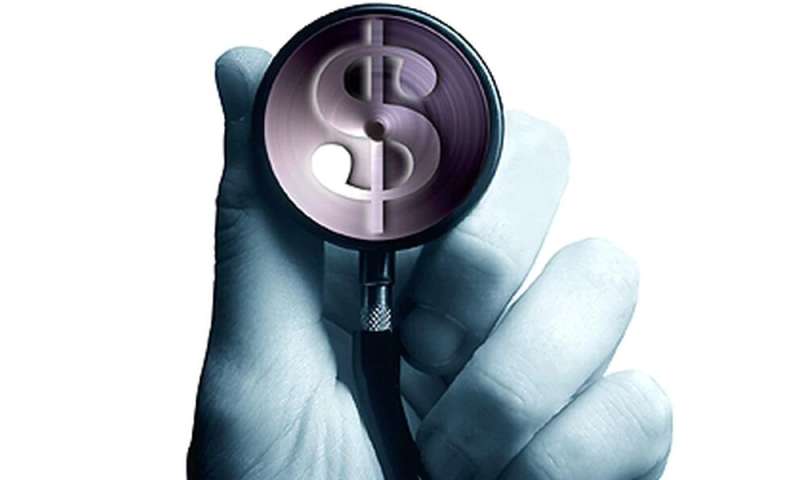
(HealthDay)—Spending on inpatient services, specialty care, and prescriptions together accounted for about two-thirds of the increase in total U.S. health care spending from 2002 to 2016, according to a research letter published online May 18 in JAMA Internal Medicine.
Sara Martin, M.D., from Santa Rosa Family Medicine Residency Program in California, and colleagues used data from the Medical Expenditure Panel Survey (2002 to 2016) to estimate the total annual health care expenditure, including 10 subcategories: inpatient, outpatient, office-based, prescriptions, dental services, vision services, mental health, home health, emergency department, and other medical.
The researchers found that total annual health care expenditures in the United States increased from $810 billion in 2002 to $1.6 trillion in 2016. While inpatient expenses were the largest spending category during the study period, they became a smaller percentage of total expenses. More rapid increases were seen in other categories, including spending on prescriptions, which accounted for 28.6 percent of the increased spending, and specialty care, which accounted for 17.9 percent of the increase in spending. From 2002 to 2016, primary care spending dropped from 6.5 percent of total expenditures to 5.4 percent.
Source: Read Full Article
